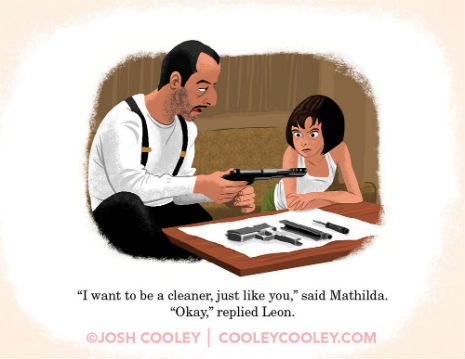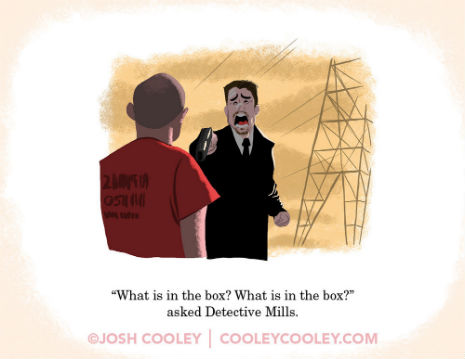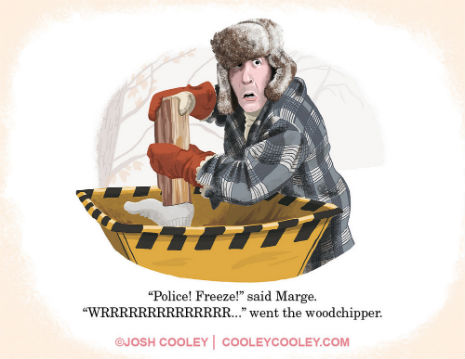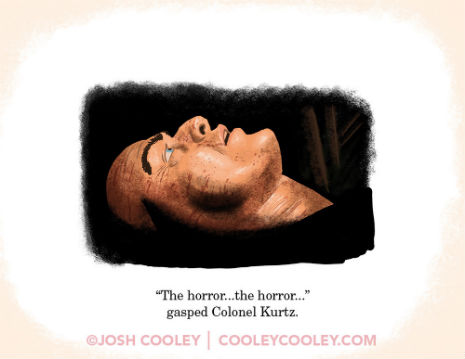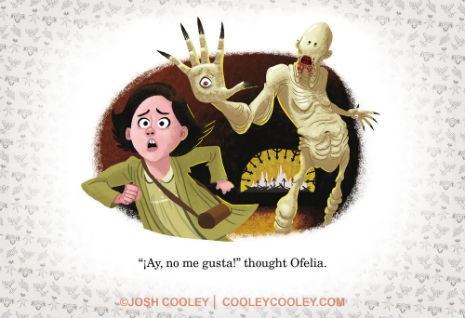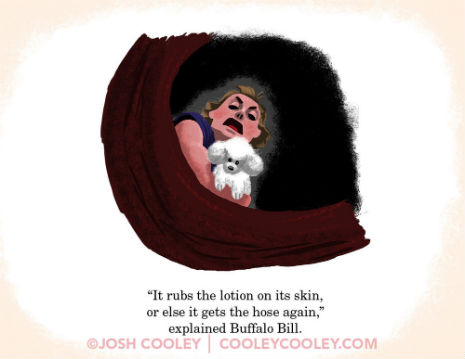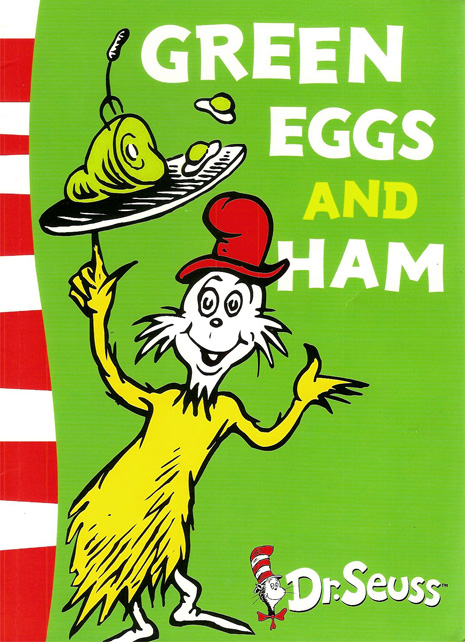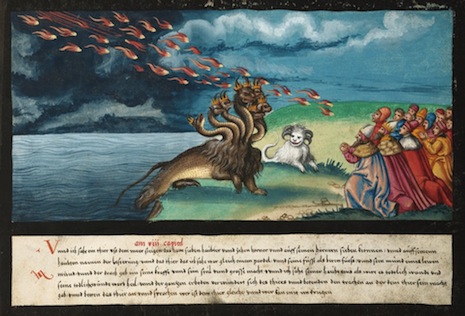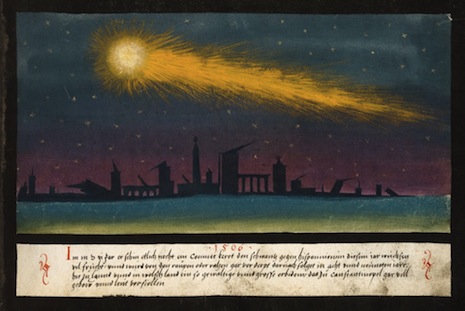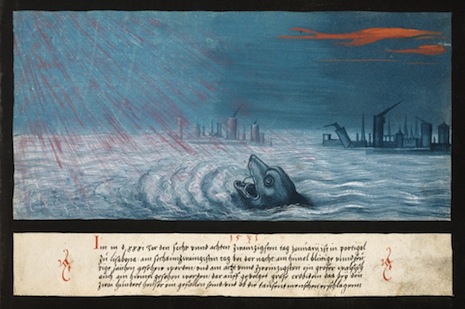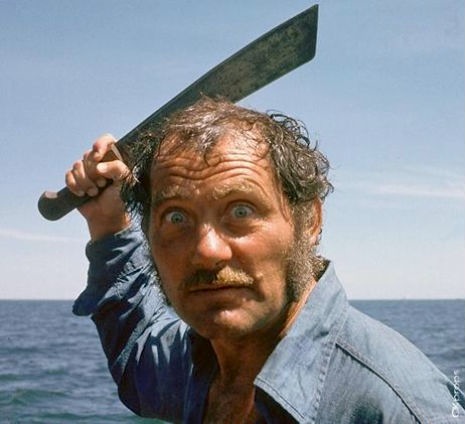
We are in the land of bewhiskered firearms experts, secret agents, and eccentric Majors, where the quality of weapons are considered by their effectiveness to kill, without thought to the consequences of this function. It’s a fictional land, but with much bearing in fact.
Geoffrey Boothroyd liked to read spy novels, and in 1956, he was much taken by the latest thriller from Ian Fleming. But there was something wrong with this novel that featured the dashing Secret Service agent, James Bond, “certain inaccuracies” that made Mr. Boothroyd contact the author, to tell him:
“‘I don’t think Bond was going to last very long if he used a 25 Beretta pistol…
.
If we look at the series of James Bond novels, we can see that in the first, Casino Royale, Fleming armed his hero with a .25 calibre Beretta M418. This was a small pocket pistol that had limited stopping power. Bond kept this weapon in a chamois shoulder holster, which sounds overly fashionable (and done so as not ruin the line of his jacket), but it is not practical for a quick draw, as the soft leather catches onto the pistol. This is why holsters are usually made of solid, hard leather, for easy access.
Boothroyd wrote a politely critical letter to Fleming, in which he stated:
I have, by now, got rather fond of Mr. James Bond. I like most of the things about him, with the exception of his rather deplorable taste in firearms. In particular, I dislike a man who comes into contact with all sorts of formidable people using a .25 Beretta. This sort of gun is really a lady’s gun, and not a really nice lady at that. If Mr. Bond has to use a light gun he would be better off with a .22 rim fire; the lead bullet would cause more shocking effect than the jacketed type of the .25.
May I suggest that Mr. Bond be armed with a revolver?
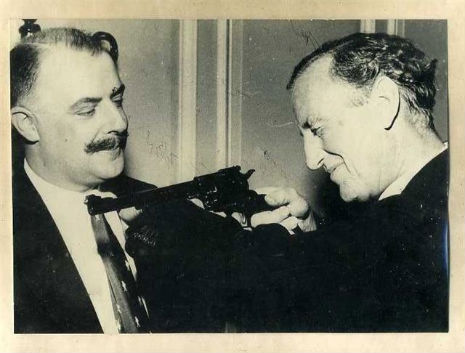
Geoffrey Boothroyd and Ian Fleming try out a pistol for James Bond.
Ian Fleming was greatly impressed by Boothroyd’s knowledge, and wrote back:
KEMSLEY HOUSE, LONDON, W.C.1.
31st May, 1956
Dear Mr Boothroyd,
I really am most grateful for your splendid letter of May 23rd.
You have entirely convinced me and I propose, perhaps not in the next volume of James Bond’s memoirs but, in the subsequent one, to change his weapons in accordance with your instructions.
Since I am not in the habit of stealing another man’s expertise, I shall ask you in due course to accept remuneration for your most valuable technical aid.
Incidentally, can you suggest where I can see a .38 Airweight in London. Who would have one?
As a matter of interest, how do you come to know so much about these things? I was delighted with the photographs and greatly impressed by them. If ever there is talk of making films of some of James Bond’s stories in due course, I shall suggest to the company concerned that they might like to consult you on some technical aspects. But they may not take my advice, so please do not set too much store by this suggestion.
From the style of your writing it occurs to me that you may have written books or articles on these subjects. Is that so?
Bond has always admitted to me that the .25 Beretta was not a stopping gun, and he places much more reliance on his accuracy with it than in any particular qualities of the gun itself. As you know, one gets used to a gun and it may take some time for him to settle down with the Smith and Wesson. But I think M. should advise him to make a change; as also in the case of the .357 Magnum.
He also agrees to give a fair trial to the Bern Martin holster, but he is inclined to favour something a little more casual and less bulky. The well-worn chamois leather pouch under his left arm has become almost a part of his clothes and he will be loath to make a change though, here again, M. may intervene.
At the present moment Bond is particularly anxious for expertise on the weapons likely to be carried by Russian agents and I wonder if you have any information on this.
As Bond’s biographer I am most anxious to see that he lives as long as possible and I shall be most grateful for any further technical advices you might like me to pass on to him.
Again, with very sincere thanks for your extremely helpful and workmanlike letter.
Yours sincerely
(Signed)
IAN FLEMING
G. Boothroyd, Esq.,
17, Regent Park Square,
Glasgow, S
Indeed, Fleming did take on Mr. Boothroyd’s advice. In the fifth Bond novel, From Russia With Love, the Secret Service agent was greatly imperiled when the silencer on his Beretta snagged on his favorite chamois holster. This was the last novel in which Bond used a Beretta 418. In the subsequent novel, Dr. No, Bond was armed with a Walther PPK.
As a “thank you” to the Glasgow-based firearms expert, Fleming created the character Major Boothroyd, who first appeared in the sixth novel Dr. No as Bond’s service armorer. This character became “Q” in the Bond films, who was first played by Peter Burton in Dr. No, then from the second film, From Russia With Love, onwards, he was played by Desmond Llewelyn, until the actor’s death in 1999. John Cleese then took over the role right up to the arrival of Daniel Craig, where “Q” disappeared from the film series, until Ben Wishaw took up the role in Skyfall (2012).
Boothroyd also helped design the three-quarter trigger guard pistol used on the cover of Fleming’s From Russia With Love. Due to his interest in handguns, Boothroyd gave advice to the police during the murder investigation of American-Scottish serial killer Peter Manuel.
Boothroyd died in October 2001.
During the filming of the third James Bond movie, Goldfinger, at Pinewood Studios, England, in 1963, Sean Connery took time-off to present a brief film on the history of Bond’s weapon of choice.
Connery introduces Geoffrey Boothroyd, who explains the background to his interest in the character, the differences between the Beretta 418, Walther PPK and Boothroyd’s preferred gun, the Magnum 44—Dirty Harry’s favored tool of his trade.
H/T Letters of Note


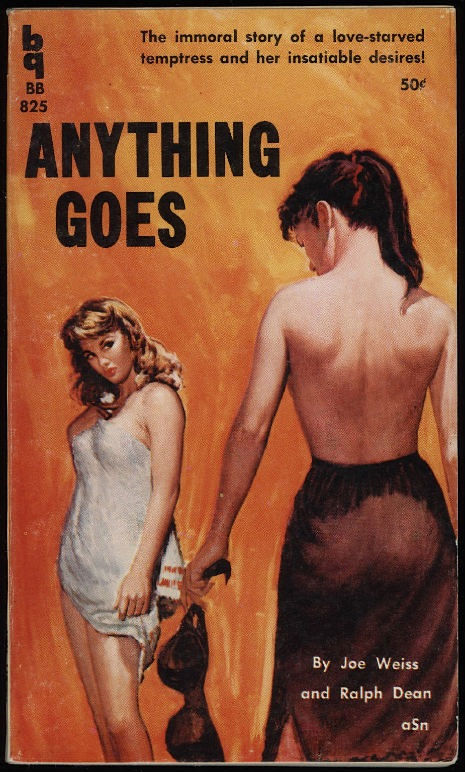







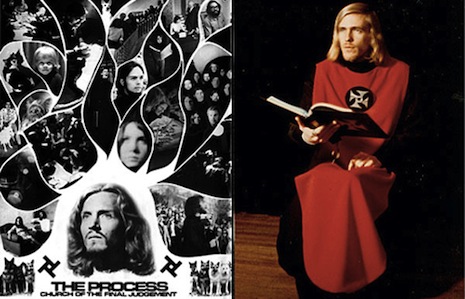
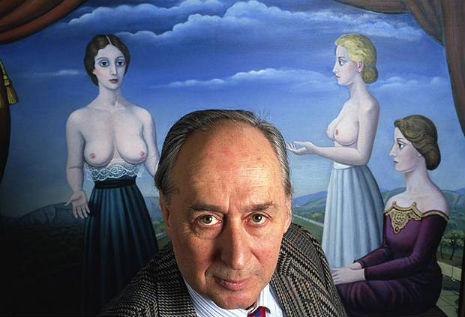
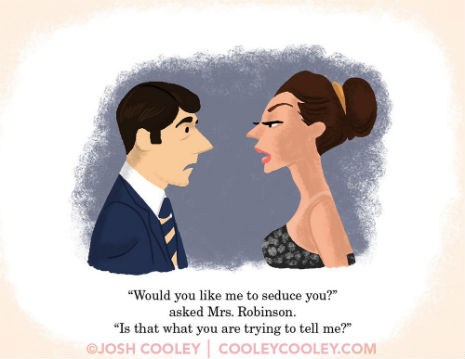
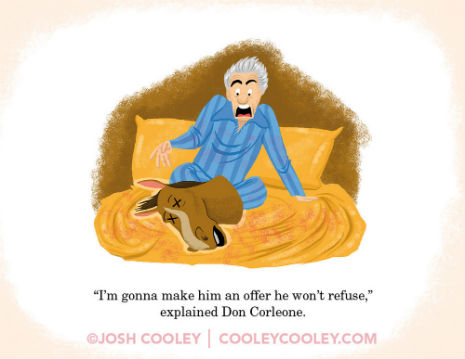 The Godfather
The Godfather 
